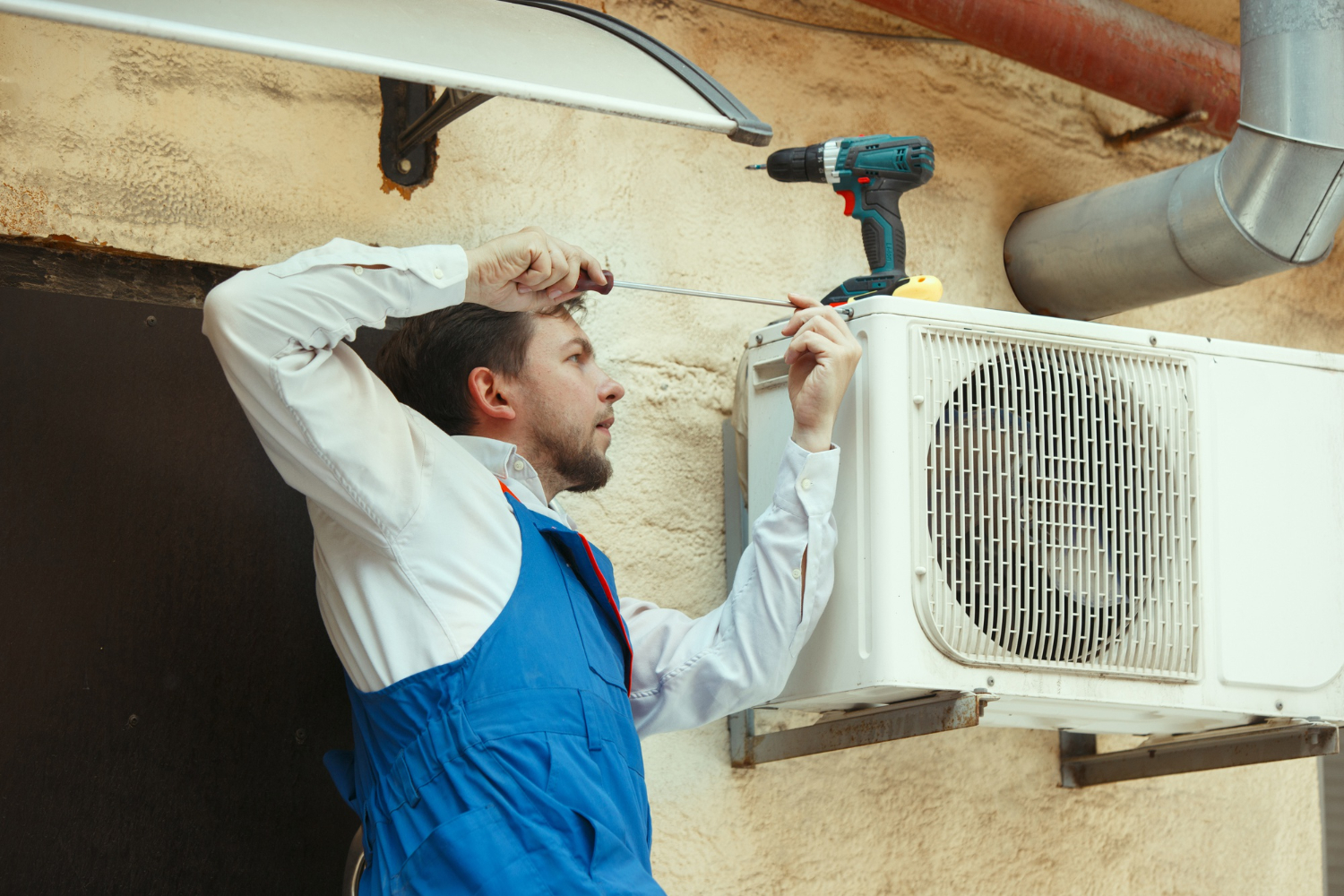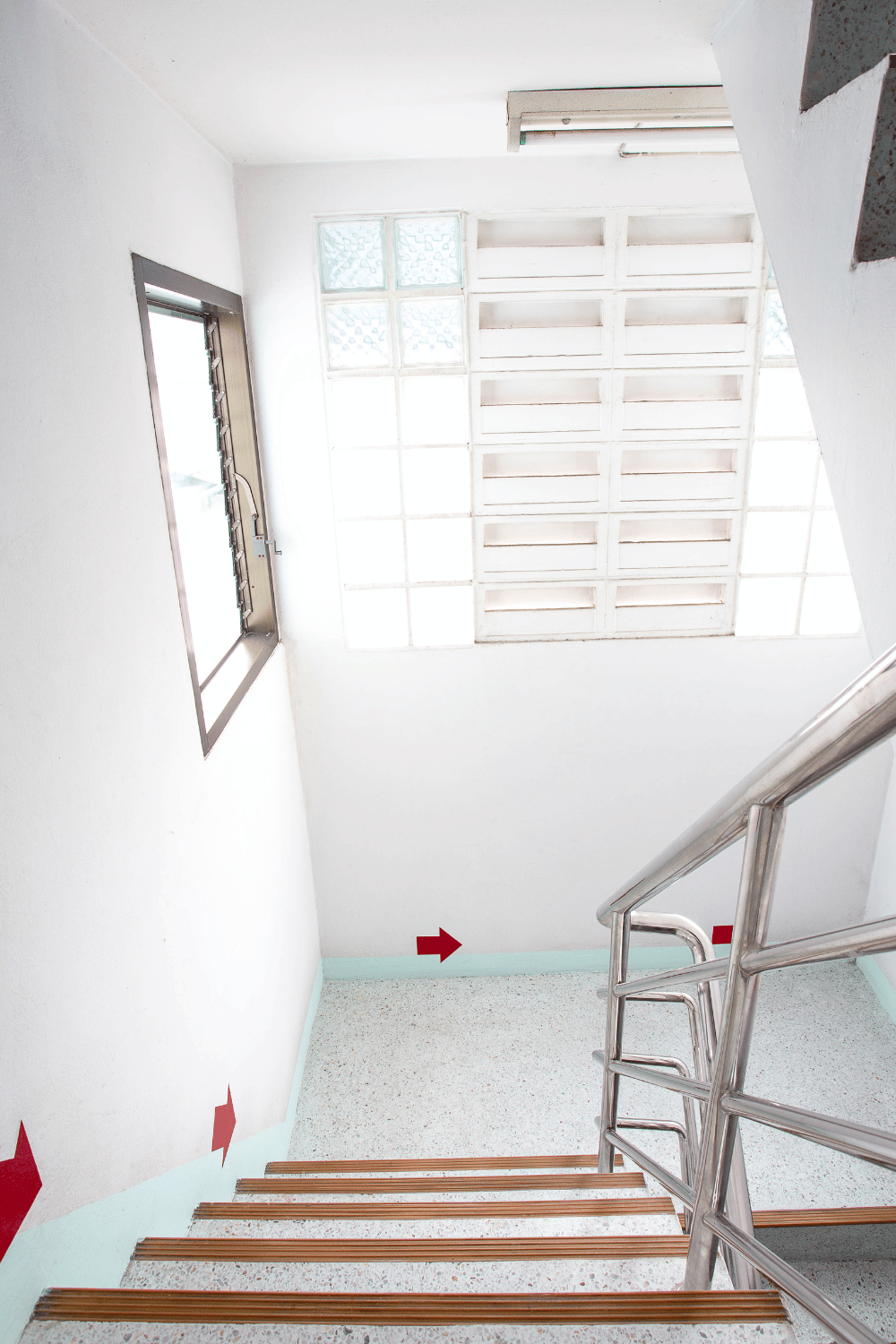Pipeline Prowess: Step-by-Step Installation of Water Supply
Water is an essential element of life. It is the most basic necessity for human survival, which makes it crucial to have a reliable and efficient water supply system in place. A properly functioning water supply system not only ensures the availability of clean drinking water but also enables us to carry out various daily activities such as cooking, cleaning, and sanitation.
Installing a water supply system can seem like a daunting task, but with the right tools and knowledge, it can be done efficiently. In this blog post, we will guide you through the step-by-step process of installing a water supply pipeline to ensure a steady flow of water in your home or office.

Step 1: Gather the necessary materials
Before diving into the installation process, it is essential to gather all the necessary materials and tools. This includes pipes, connectors, fittings, valves, clamps, and a pipe cutter. It is crucial to purchase high-quality materials to ensure the longevity and efficiency of your water supply system.
Step 2: Plan your pipeline route
The next step is to plan the route of your water supply pipeline. Consider factors like accessibility, the distance from the main water source, and potential obstacles such as trees or underground utilities. It is best to choose the shortest and most direct route for your pipeline to minimize the chances of leaks or damage.
Step 3: Dig trenches and lay out pipes
When building a pipeline, start by digging trenches along the chosen route. The depth, typically a minimum of 18 inches, depends on your area’s climate. Ensure straight and level pipe placement. Consider getting hydrovac services in Colorado for precise and non-damaging excavation using powerful vacuums. Their expertise ensures efficient, safe, and standards-compliant installation.
Step 4: Connect pipes with fittings
Next, you need to connect the pipes with fittings. This can be done by using a pipe cutter to cut the pipes to the desired length and then attaching them with connectors. Make sure to use appropriate fittings for connecting different sizes of pipes.
Step 5: Install valves and shut-off switches
Valves are essential components of a water supply system as they allow you to control the flow of water. Install valves at strategic points along your pipeline, such as where it connects to the main water source and at various branching points. Also, consider installing shut-off switches near sinks and toilets for easy access in case of emergencies or repairs.
Step 6: Secure pipes with clamps
To ensure the stability of your pipeline, it is crucial to secure pipes with clamps at regular intervals. This will prevent them from shifting or moving, which can cause leaks or damage to the system.
Step 7: Test for leaks and make necessary adjustments
Once your pipeline is installed, it’s time to test for any leaks. Turn on the main water supply and check all the connections, valves, and fittings for any signs of leakage. If you find any leaks, make necessary adjustments and retest until there are no more leaks.
Step 8: Backfill trenches and cover pipes
After ensuring that there are no leaks, it’s time to backfill the trenches with soil. Make sure to pack the soil tightly to prevent any movement of the pipes. Cover the pipes with at least six inches of soil for added protection.
Step 9: Connect to a main water source
The final step is to connect your pipeline to the main water source. This can be done by using a T-connector or a saddle valve. Make sure to follow the manufacturer’s instructions for proper installation.
Congratulations! You have successfully installed a water supply pipeline. It may seem like a daunting task, but with the right tools and knowledge, it can be accomplished easily and efficiently.
Remember to regularly check and maintain your water supply system to ensure its longevity and efficiency. Inspect for leaks, clean or replace filters, and make necessary repairs as needed. With proper care, your water supply pipeline will provide you with a steady flow of clean water for years to come.
In Conclusion
Having a reliable and efficient water supply system is crucial for our daily lives. By following these steps, you can install a water supply pipeline and ensure the availability of clean water in your home or office. Don’t hesitate to seek professional help if needed, and remember to prioritize safety measures while installing or maintaining your water supply system.







